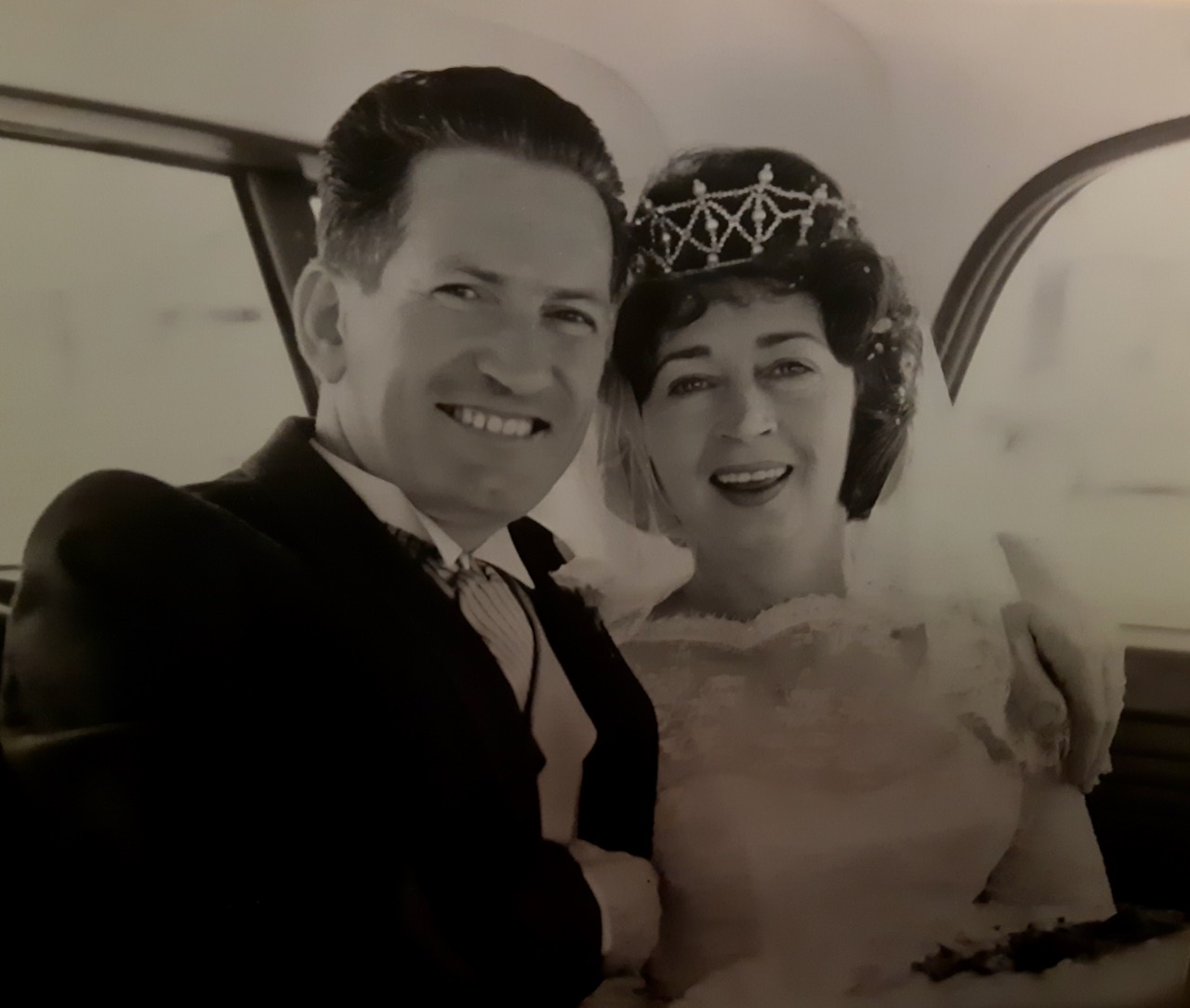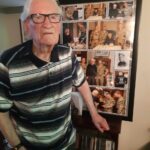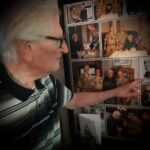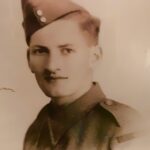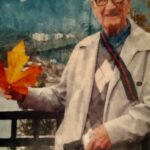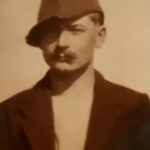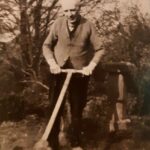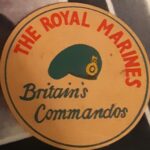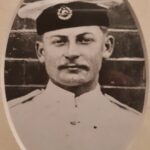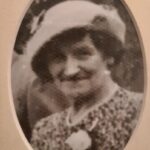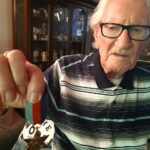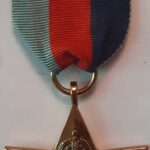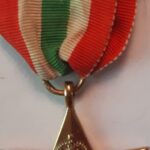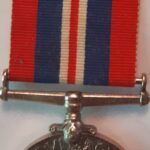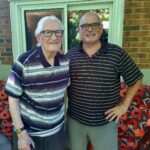Tom Boneham was born March 21, 1923 in Warwickshire, England, where he grew up on a farm in the village of Shotteswell in the Stratford-upon-Avon district, not too far from the town of Banbury. His father Tom worked that farm with Tom’s mother Hilda; the two of them had met after Tom’s father was discharged from the Royal Marines after the Great War. During that war Tom’s father served in the Mediterranean theatre and was aboard the HMS Egmont when it was attacked by a German U-boat; he sustained serious injuries when he had to scuttle the ship after the incident. Father and son would both see war then – and both would polish their share of brass buttons; Tom’s father even remembered doing that chore for Winston Churchill aboard the HMS Illustrious! The young Tom finished school when he was 14 as that was the standard at the time, and he went to work on the farm, having fun with his friends where he could. Tom paid attention to the news in the 1930s, and he was aware of Chamberlain’s “Peace in our time” promise, but he also picked up on the adults’ conversations and the doubts they expressed. Tom and the boys in the village heard those words and they were motivated to enlist when the time came. That happened on a Sunday morning, September 3, 1939: Britain declared war two days after the German invasion of Poland, and shortly thereafter Tom and many friends found themselves in the Home Guard, watching for the Luftwaffe over the skies of Britain. Tom did experience the Blitz, which he saw unfold over Coventry and Birmingham, and several stray bombs fell around his area too. As members of the Home Guard, Tom and the other men also dug ditches, trained for a potential German invasion, moved the street signs – and even guarded the pubs! Tom turned 18 in March of 1941, and by April he was at a Royal Marines training centre in Exeter. Given his father’s Great War disability he could have applied for an exemption, but Tom did not entertain that idea, and he recalls his father being proud of him. Tom did well with the discipline training, but as he was still just 18 the Marines sent him to a signals school in Wales for six months, where he learned Morse Code and other techniques. From south Wales he headed north, where additional training and route marches took place in the hills – and cold – of Scotland. While he was there a notice went up asking for volunteers for a special unit, and Tom decided to give it a try. He was accepted and on the move again – and now a member of the commandos. Tom was assigned to 30 Commando, the regiment connected to famous author Ian Fleming. He went in as a replacement, taking the place of men who had been lost in the Dieppe raid. A period of intense combat training followed, after which the unit was secretly deployed to northern Africa, landing in Algiers. The stay in Africa would be brief, and 30 Commando was soon on its way to the real destination – Sicily. They landed there as part of the invasion force and within a few days Tom was on a patrol when he was grievously wounded, shot in the shoulder. He was evacuated to a field hospital, and from there to north Africa, where he again found his way to Algiers. Soon he was placed on a troop ship bound for Britain, where he would endure additional surgeries and recuperation: the bullet had done significant damage to his shoulder, having severed two nerves. It would be the end of Tom’s time as a commando, as he was discharged as medically unfit. He was able to attend Southampton University and study electronics and for the remainder of the war he worked for Marconi, testing and calibrating radio transmitters for the RAF. Those skills would serve him well after the war too, as Tom was able to find specialized work that would lead him to Canada in 1952. Tom Boneham was interviewed by Scott Masters at his home in Tillsonburg, Ontario in July 2023.
Videos
Click next video below to keep watching
- 1. Early Life and Family Memories
- 2. School and Leisure
- 3. Newsreels and Sports
- 4. Following the News
- 5. September 3, 1939
- 6. Joining the Royal Marines
- 7. Volunteering for the Commandos
- 8. 30 Commando
- 9. Commando Training; Bound for Africa
- 10. Sicily; Wounded
- 11. Recovery; Return to England
- 12. VE Day; Coming to Canada
